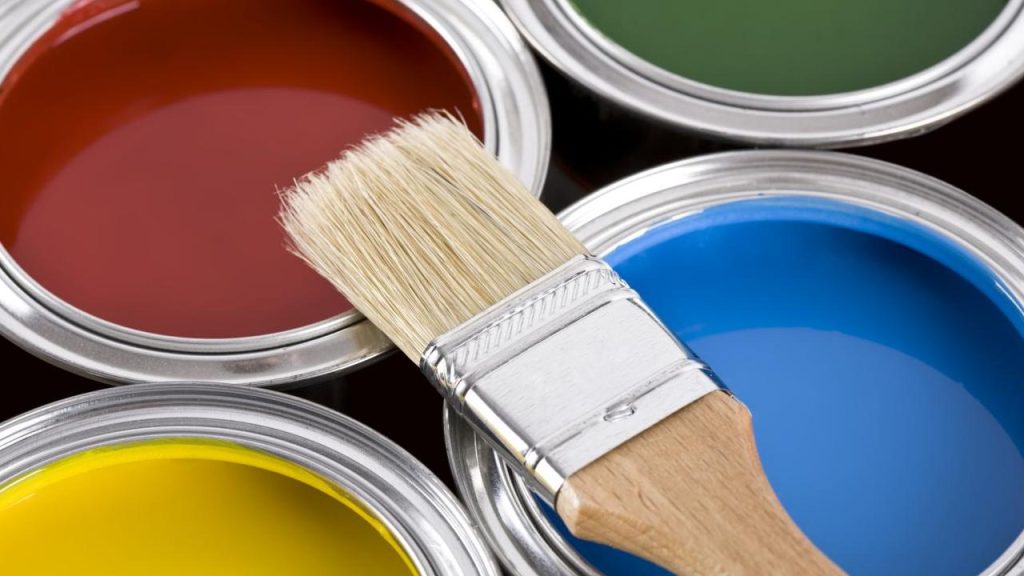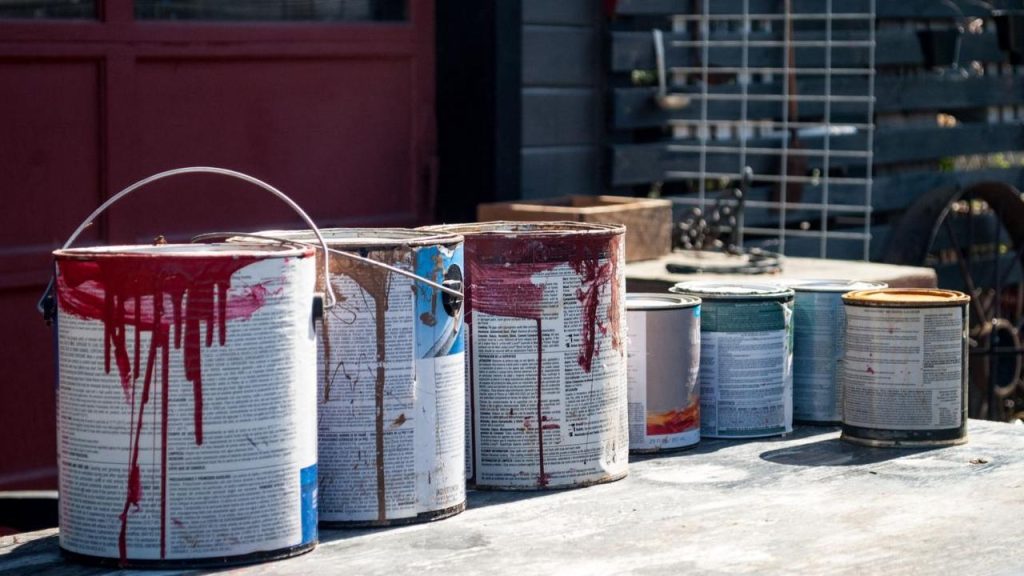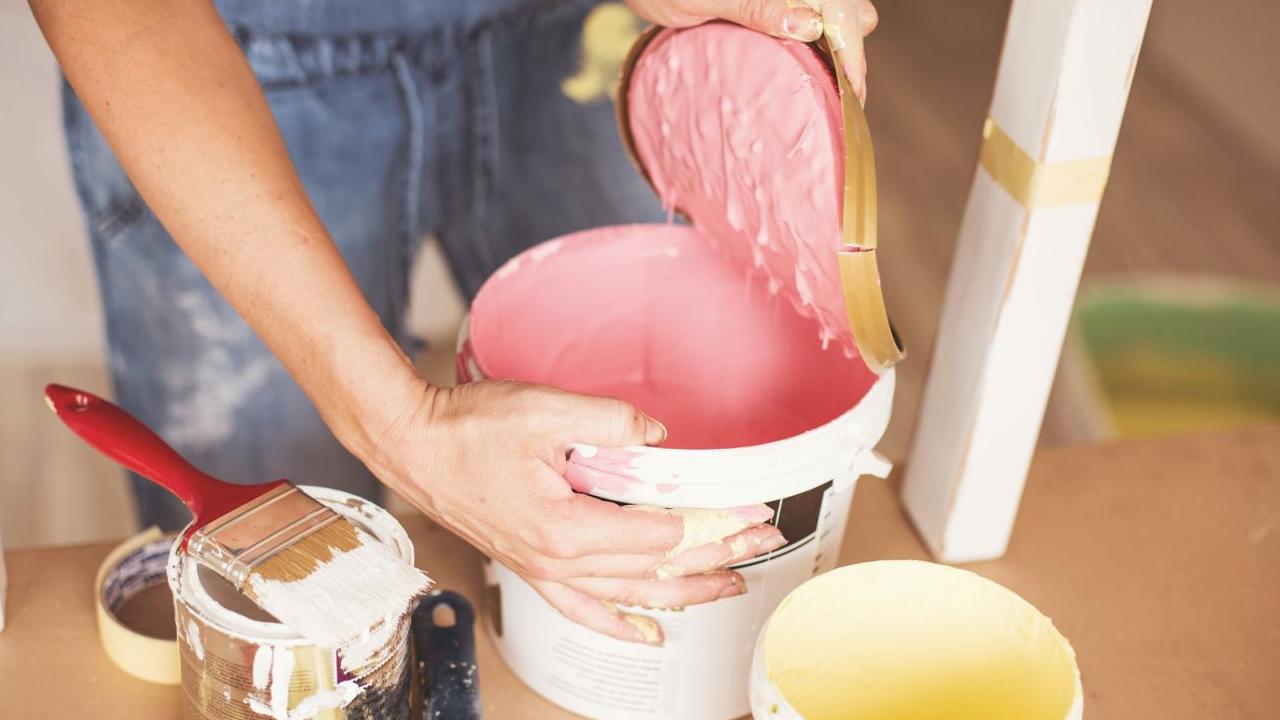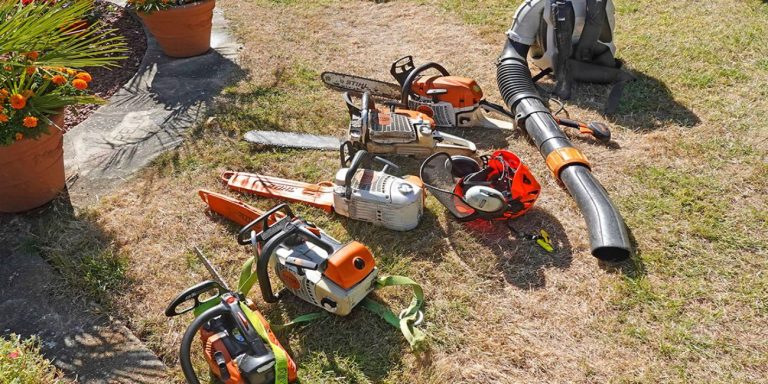Dealing with partially used cans of paint, motor oils, and other tricky household items is a chore many of us continually put off. Improper storage inevitably leads to waste while incorrect disposal harms the environment. This comprehensive guide covers tips for extending the usable life of paint and similar leftovers through proper storage. We’ll also dive into the best practices for responsibly disposing of them when the time finally comes.
Storing Leftover Latex and Oil-Based Paints
When stored correctly, both oil and latex-based paints can last 2-5 years before going bad. Follow these best practices for maximizing unused paint’s lifespan:
Clean the rim thoroughly – Always wipe excess paint off the inner rim and threads before tightly sealing cans after use. Leaving paint residue will cause it to dry and compromise the lid seal over time.
Fill empty space with inert gas – For nearly full cans, simply seal the lid tightly. But for about half-used or less, first spray a few seconds of canned air into the empty space at the top of the can before sealing. This displaces oxygen, which slows the paint’s drying process.
Secure the lid airtight – After adding inert gas, tightly seal the paint can’s lid. You can also place a plastic bag or plastic wrap over the top and seal it on with a rubber band for extra protection.
Store upside down – Turn paint cans upside down so the paint rests up against the bottom of the lid. This keeps the lid coated and maintains the most effective seal.
Monitor temperatures – Ideal paint storage temperature is around 50-70°F. Avoid freezing or overheating paint as temperature extremes can negatively impact the pigment and consistency.
Keep paint in the dark – Exposure to light will cause paint to deteriorate and alter over time. For the best results, keep cans in boxes or wrap them in paper to block light.
Use oldest first – When you have multiple cans, label them with purchase dates using painters tape and marker. Follow a first-in, first-out system and always use the oldest paint first.
Consolidate remains – If you have small amounts of the exact same color left in several cans, pour them all carefully into one larger container. This makes the remaining paint usable for touch-ups.
Stir thoroughly before use – Be sure to fully remix any paint that’s been stored for long periods before using it. The pigments and solids tend to settle. Use a drill mixing attachment for best results.
Keep oil-based separates – Due to combustion risks, take extra precautions when storing oil-based enamels and other flammable paint types. Keep away from heat sources.

Storing Other Leftover Household Chemicals
The proper storage tactics used for paints also help prolong the safe usability of other partially used household liquids like cleaners, solvents, pesticides, automotive fluids, and more hazardous waste.
Securely seal all containers – Tightly screw on lids or use parafilm to wrap an airtight barrier around openings. This prevents evaporation and contamination.
Maintain stable temperatures – Avoid storing hazardous liquids in places with extreme temperature fluctuations. Ideal is a consistent 50-70°F in cupboards or on garage shelves.
Limit light exposure – Just as with paint, light accelerates the deterioration of chemicals, oils and automotive fluids. Store containers in boxes or wrap in opaque bags.
Use a labeling system – Clearly label the contents and purchase date on each product. Use them in order of oldest first. Permanent marker on masking tape works for most containers.
Consider adding preservatives – For items like partially used motor oil, fuel, and windshield wiper fluid, pour in specialty preservative products to extend safe usage.
Check consistency before use – Before using products that have been stored for extended periods, shake or stir them thoroughly to remix any separated contents back together.
Keep products in original containers – For safety reasons, never store hazardous chemicals in anything other than their original container with full labeling.
Disposing of Household Hazardous Waste Properly
Knowing when to properly dispose of leftover chemicals, fuels, automotive products, and old paint is just as crucial as how to store them. Once they pass their usable life, improper disposal, such as pouring down drains or burying in soil, causes immense environmental harm. Follow these best practices for safe disposal:
Allow latex paint to fully dry – Remove the lids from leftover latex paint cans and let them sit open in a well-ventilated area until the paint dries completely into a hardened solid, then dispose in normal trash.
Use absorption method for oil paints – Add sawdust, clay-based cat litter or a paint hardening product to remaining oil-based paint until it hardens fully. The liquids must be fully absorbed before standard trash disposal.
Clean and recycle empty containers – Whenever possible, clean empty paint cans, chemical jugs and aerosol spray bottles before recycling or disposing of the containers.
Take advantage of hazardous waste drop-offs – Many municipalities like {City} have scheduled household hazardous waste drop-off days where paints, oils, and chemicals can be safely disposed of.
Utilize mail-back programs – Retailers like auto parts stores often have pre-paid shipping labels to conveniently mail-back used motor oil, antifreeze, and other automotive fluids for proper handling.
Never dump anything hazardous down drains or sewers – Under no circumstances should paint, pesticides, automotive chemicals or anything toxic be poured down storm drains. Wastewater facilities can’t remove most of these contaminants before the water is released into the environment.
Avoid burning – Backyard burning may seem like a quick way to dispose of household hazardous leftovers, but it releases extremely toxic fumes and should never be done. Follow regulated disposal methods instead.
Limit bulk purchasing – Try to buy only the amounts of paint, chemicals, automotive products etc. that you expect to use up relatively quickly. And consolidate any small leftovers from different sites into one container to avoid accumulating many near-empty containers over time.

Finding Alternative Uses for Leftover Supplies
Before automatically tossing out extra leftover paint, chemical products, and automotive fluids, first consider if they can still be safely used for any secondary purposes:
- Leftover latex paint is great for kids’ art projects, household touch ups, or giving a furniture piece a quick colored makeover.
- Clay-based kitty litter and sawdust destined for the trash make perfect absorptive ice-melt walkway fillers for winter.
- Mix small amounts of various colored paints together to make larger quantities of neutral shade paint for walls, fences, etc.
- Schools, churches, makerspaces, and other community centers often accept donations of unopened chemical products like cleaners, solvents and adhesives for art and shop projects.
- Older leftover gas can run smaller outdoor power equipment like lawn mowers, pressure washers and chainsaws which don’t require high-octane fuel blends.
Key Takeaways for Responsible Leftover Hazardous Materials Management
Safely storing and disposing of paints, oils, chemicals and automotive products that get left behind requires forethought and effort. Keep these essential tips in mind:
- When storing hazardous leftovers, prioritize proper sealing, stable temperatures, and labeling with purchase dates to maximize safe shelf life.
- Always thoroughly mix and evaluate the consistency of paints, oils, chemicals before attempting to use products that have been stored for extended periods.
- Research what drop-off programs or mail-back opportunities your municipality offers before disposing of hazardous waste to avoid contamination.
- Allow latex paint to completely dry out or use absorption methods for oil-based paints before placing either in normal trash.
- Get creative with reusing supplies for secondary purposes rather than immediately disposing of extras to reduce waste.
Implementing a thoughtful, effective system for correctly handling leftover paints, chemicals, oils and automotive products promotes safety, minimizes waste, and protects the environment. What tips and best practices do you use when dealing with partially used household hazards? Please share any that I missed in the comments!



Leave a Comment